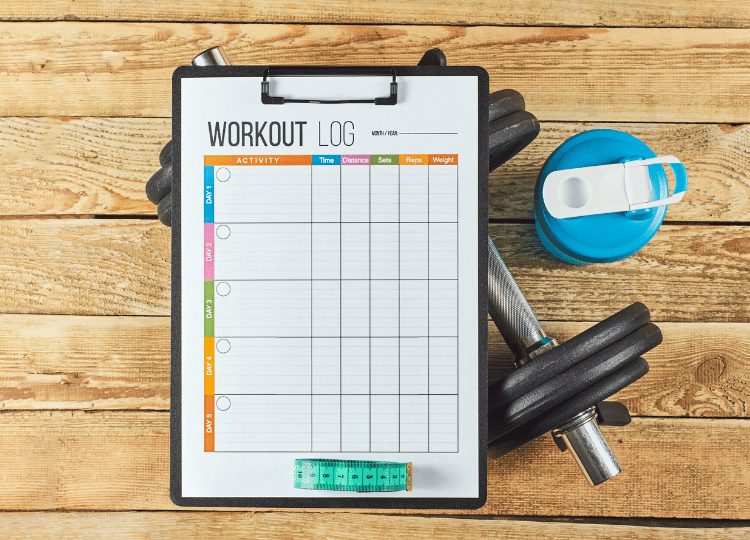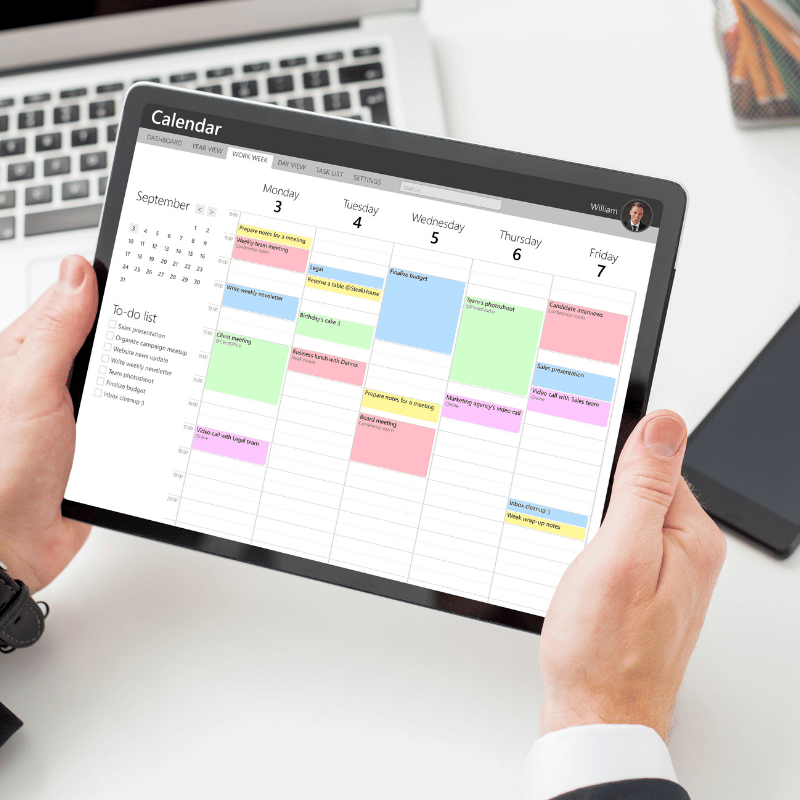Why you need a training diary
Imagine achieving something incredible and not being able to remember what it was that you did or how you did it… that would suck, right! Investing in a training logbook of any kind is a simple and cost-effective way to track and reflect on your progress. These logbooks can range from the very simple to the slightly more complicated and costly, but each has their place to help you on your fitness journey; after all, you can’t manage what you can’t measure.
And training diaries aren’t just for the best in the world on their hunt for marginal gains, podiums, and silverware. A critical, yet often overlooked, tool in this journey is the training diary or logbook. Here's why incorporating one into your active lifestyle is not just beneficial but essential for optimising performance and recovery across all sports and fitness activities.








